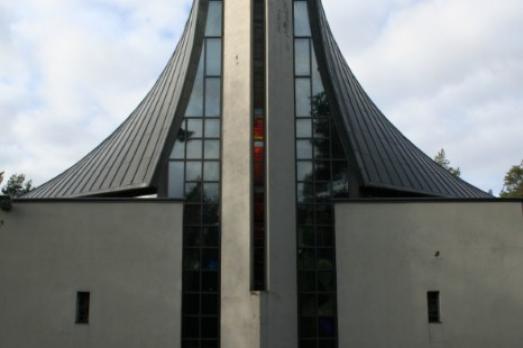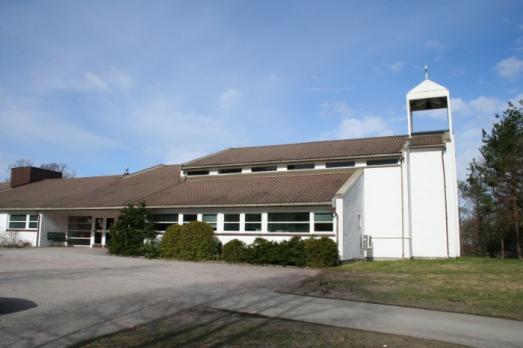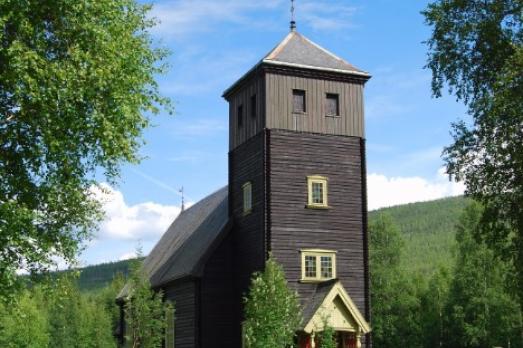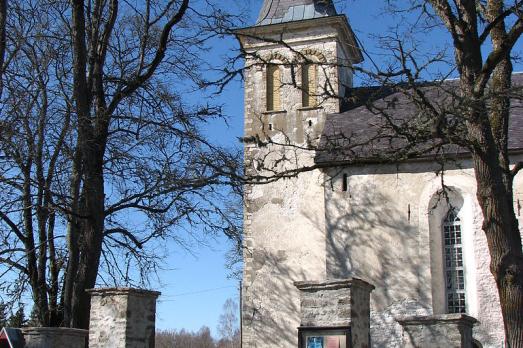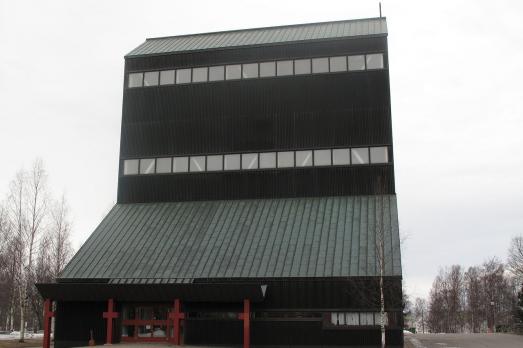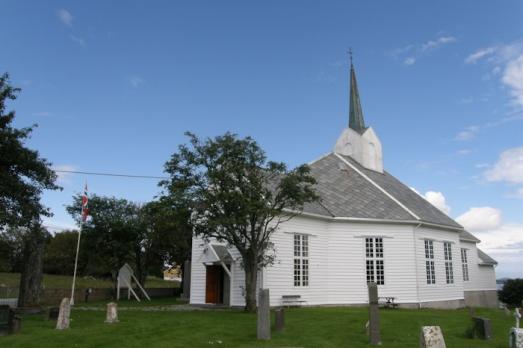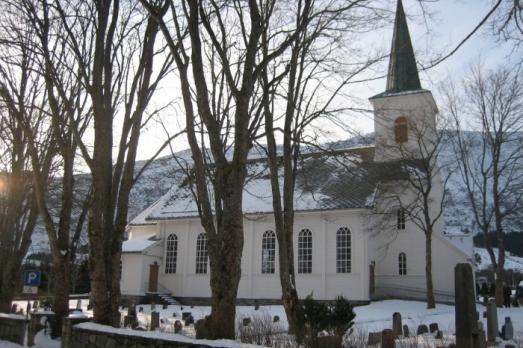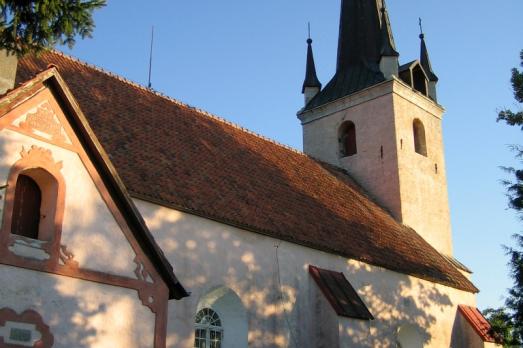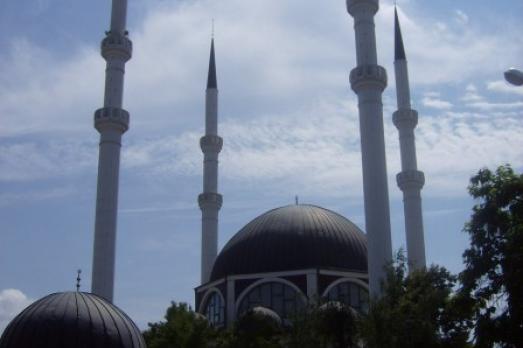
Hamza Bey Mosque
Sanski Most, BA
The Hamza Bey Mosque is the largest mosque in Sanski Most and the only mosque in Bosnia and Herzegovina with four minarets. It was probably built in the 1550s, rebuilt several times in 1984. During the war, in 1992, the mosque was demolished. A new mosque was founded in July 1997 and opened on 6 August 2000.
